Last Updated on February 8, 2025 by Sarah Wilson
So many Namibia highlights – where to begin?
From fantastic wildlife viewing opportunities both inland and coastal, stunning landscapes, German colonial cities, and the world’s highest sand dune – these are just a few of the many highlights that Namibia has to offer.
I recently travelled to Namibia with Africa’s Best Adventures on a 16-night full participation camping trip and fell in love with the country – I had no idea there was so much to see.
(I guess this is a good time to mention that this is NOT a sponsored post; I covered all my expenses on this trip!)
Here are 23 Namibia Highlights from that trip.
Fish River Canyon
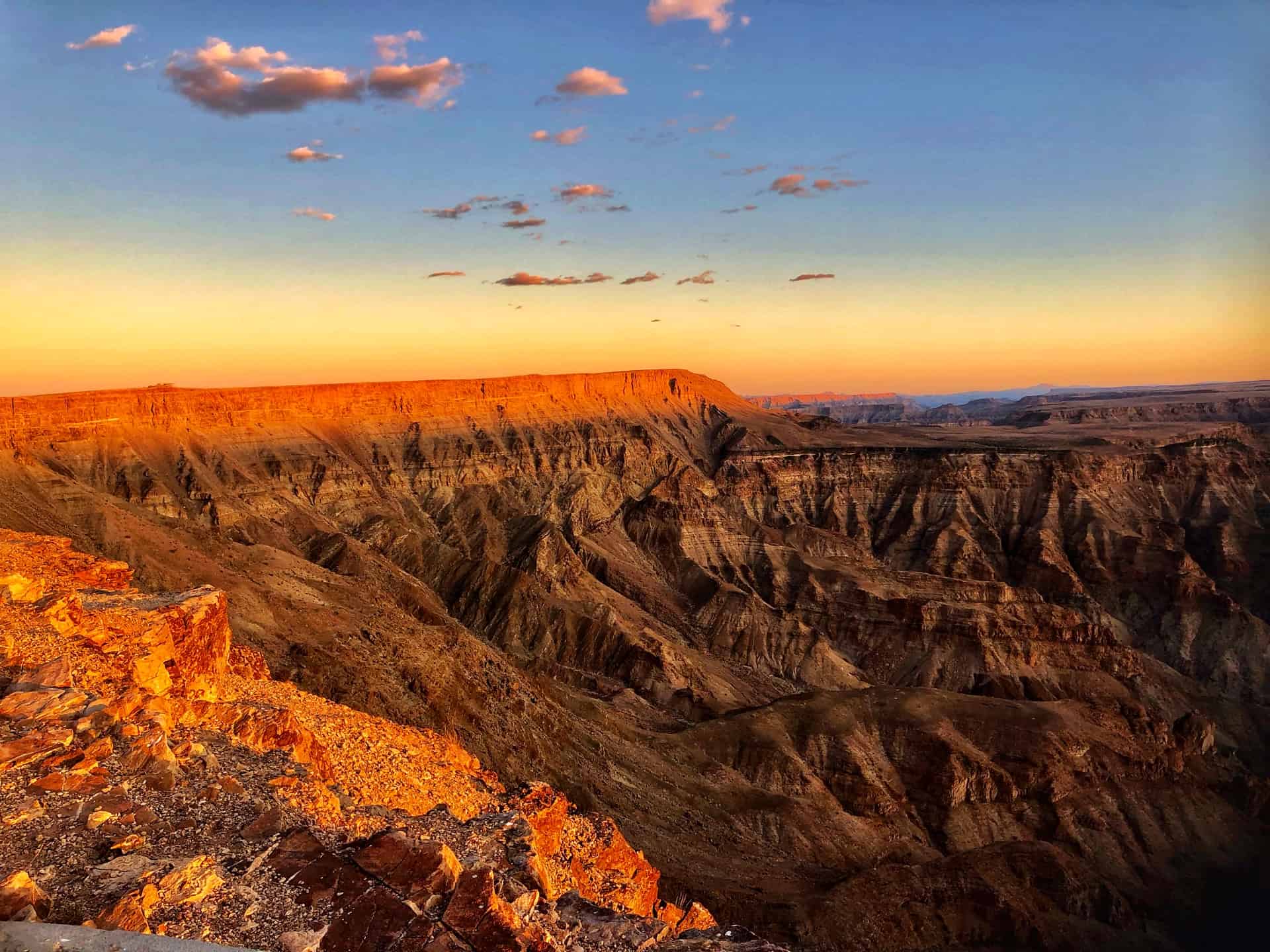
The Fish River Canyon is the second largest canyon in the world after the Grand Canyon in the USA.
It is 160 kilometres long and up to 27 kilometres wide, with depths reaching over 500 meters.
The Fish River Canyon is part of the state-run Ais-Ais Richtersveld Transfrontier Park. The entrance to the park can be found at the Hobas Campsite, which is roughly ten kilometres from the main viewing point. And the view from that viewpoint is just incredible.
Note that day visitors are not allowed to climb down into the canyon. However, for those that love a challenge, between April and September, you might be interested in walking the 85-kilometre Fish River Hiking Trail, which takes around four to five days.
Note that hiking is not permitted during the hot summer months.
Wild Horses of the Namib

On the way to/ from Luderitz, you’ll pass through Garub, home to the wild horses of the Namib. Look out for the signpost which leads you down a small gravel road to a waterhole where the horses gather.
The number of wild horses is estimated to be between 250 and 300.
Typically, wild horses are not found in southern Africa as the climatic conditions are too harsh for the horses to live in.
So, there are several theories on how these horses got here.
One is during World War l, about 10,000 South African soldiers and 6,000 horses were stationed at Garub. After a bomb was dropped on the site, 1700 surviving horses fled into the desert.
Recent research suggests that there is some resemblance to the stud horses that were bred on a farm 25 kilometres away that may have escaped during the turmoil of 1915.
Who knows for sure? But watching the different family groups gathering at the waterhole in the early morning was incredible to witness.
Kolmanskop/ Kolmanskuppe
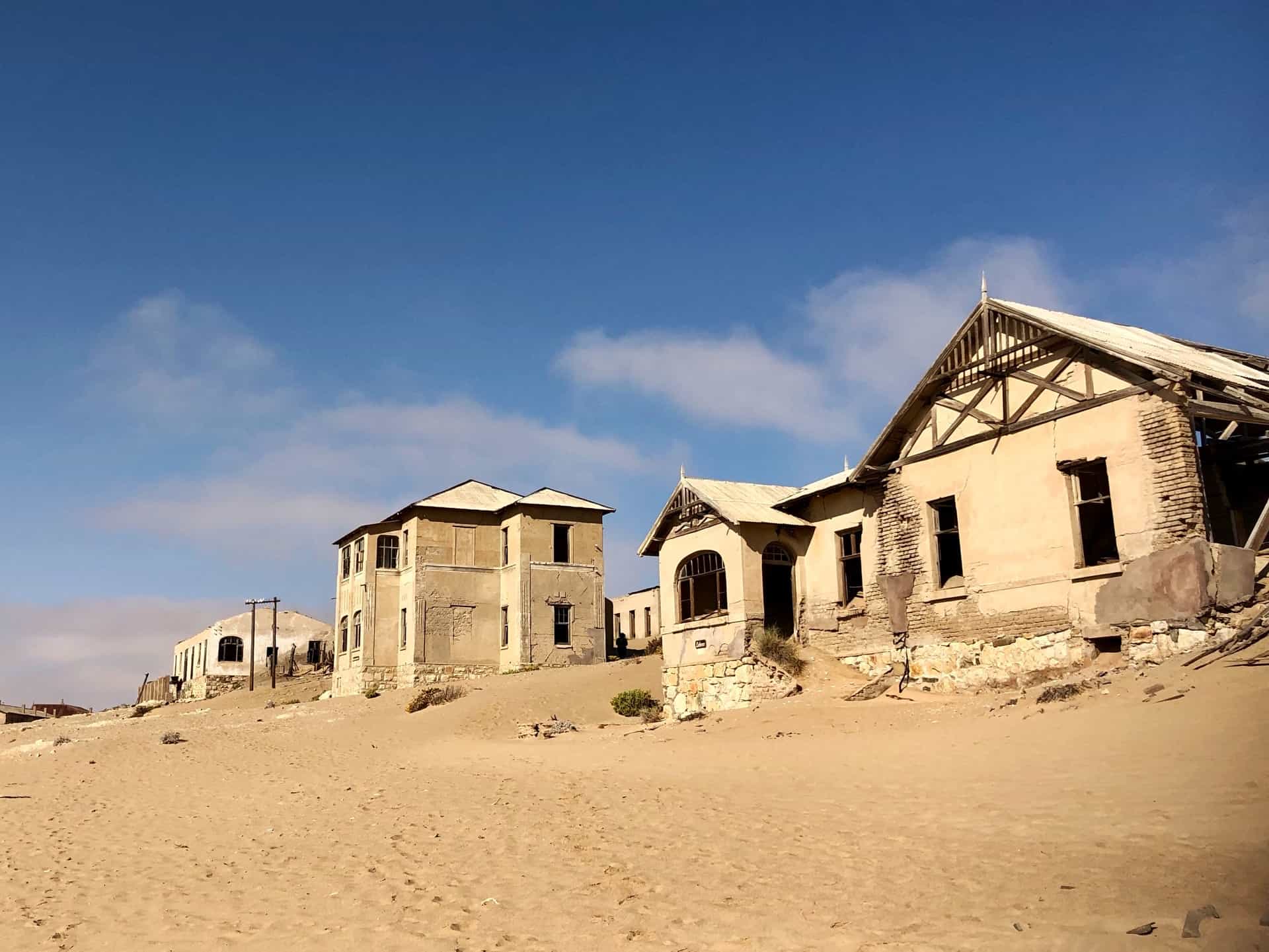
Kolmanskop, once a thriving diamond mining town, is now a ghost town.
Intensive diamond mining depleted the area by the 1930s, and when in 1928, richer diamond fields were found further south, the people of Kolmanskop quickly abandoned the town.
Over the years, the sand has been reclaiming the land, and these once beautiful homes and busy town with shops, a school, and a hospital now stand dilapidated, the rooms filled with sand, the wallpaper peeling off the walls and window panes broken.
But it’s a fascinating place to walk around. Do take the one-hour guided walking tour that takes place daily at 09:30 am, and 11 am or at 10:00 am on Sundays. Afterwards, you are free to explore at leisure.
Sand Dunes of the Namib Desert

The Namib is the oldest desert on earth and is located between the Skeleton Coast and the Naukluft Mountains.
Whenever you see photographs of the sand dunes of Namibia, these are usually taken of the incredible dunes at Sossusvlei, where the wind has sculpted sharp ridges of sand rising in heights over many centuries to over 300 metres / 984 feet.
The road that takes you alongside the dunes follows the path of the dry Tsauchab River.
Side roads veer off this paved road to the base of various dunes for those interested in climbing, but it’s not as easy as it looks.
Big Daddy is one of the more popular dunes to climb as it is the tallest dune in the Sossusvlei area. This dune, at 325 metres, dwarfs the other dunes in the area.
But at 325 meters, Big Daddy may be the highest dune in Sossusvlei, but it is not the highest in the Namib Desert. Dune 7 is 388 metres tall and is the seventh dune along the Tsauchab River.
The best time to visit is from July to November, when desert temperatures are at their mildest.
Deadvlei
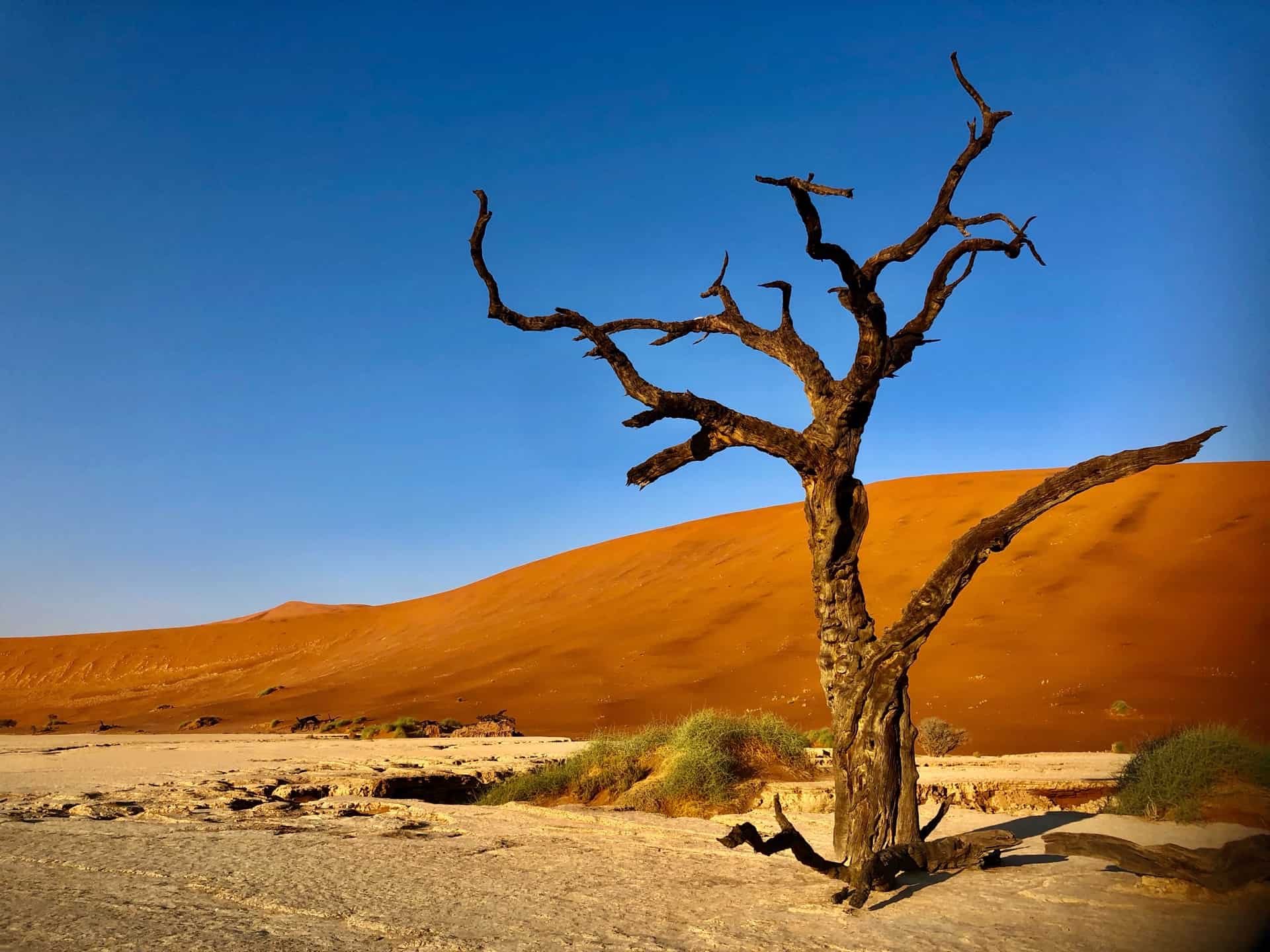
No doubt, you will have come across images of the charcoal-black skeleton trees of Deadvlei while doing your research on Namibia.
Deadvlei is a clay pan characterized by the black, dead camel thorn trees that contrast against the white pan floor, the red dunes and the blue sky.
The trees are believed to be around 900 years old and have not decomposed due to the arid climate.
Sesriem Canyon
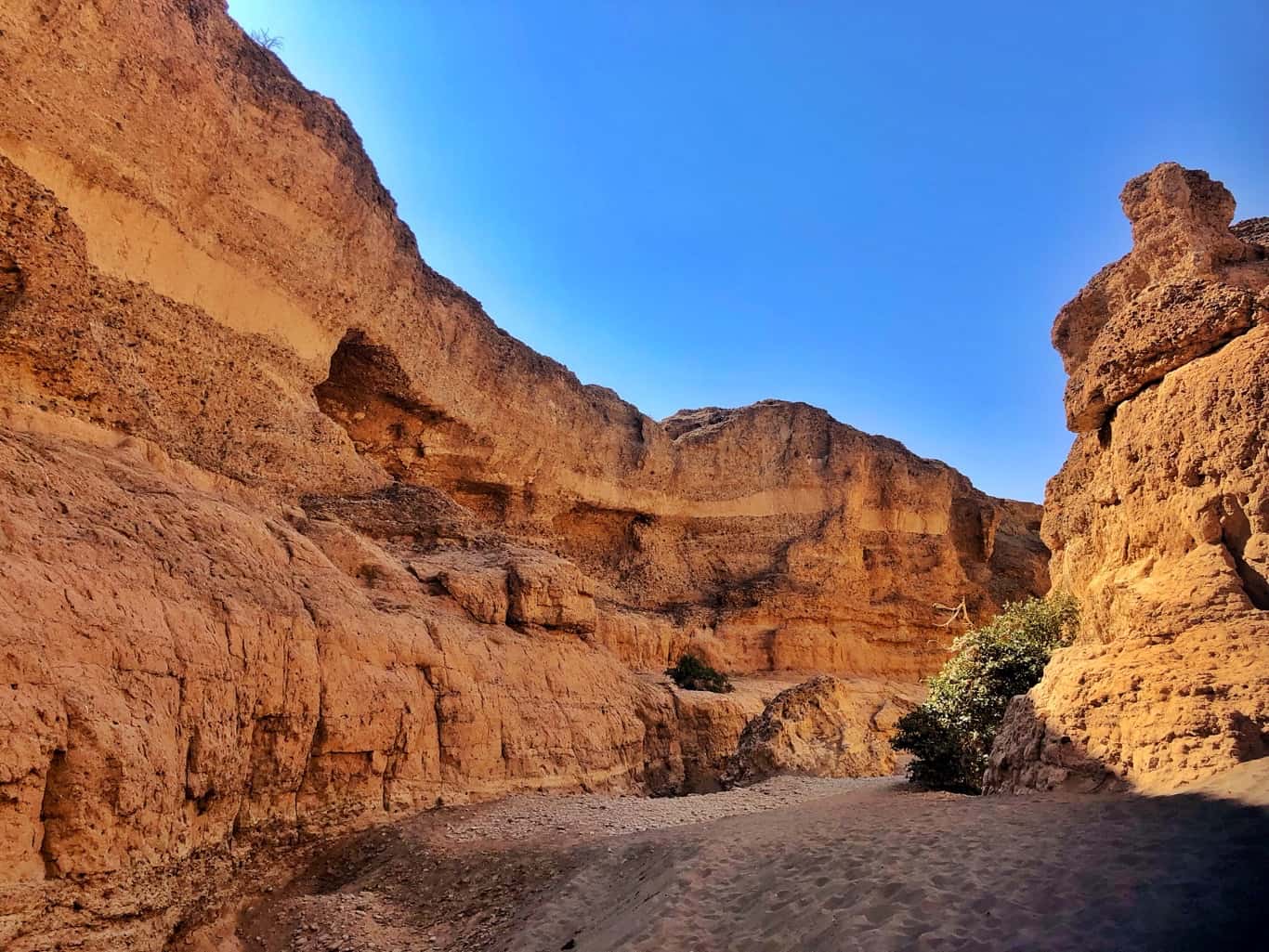
Sesriem Canyon, just off the road between Sossusvlei and Sesriem, is a complete contrast to the giant dunes.
The Canyon is about one kilometre long and 30 metres deep. It was formed about two million years ago as the River Tsauchab cut its way through the sedimentary rocks. It’s a nice walk with plenty of interesting rock formations.
Stop for Apple Pie in the Village of Solitaire
Seemingly in the middle of nowhere, tiny Solitaire is an extremely popular stop on the edge of the Namib-Naukluft National Park. Famous for its rather yummy apple pies – this remote settlement is the perfect spot to stock up on snacks and stretch your legs in preparation for the long drive from Sesriem to Swakopmund.
Crossing The Tropic Of Capricorn

On your journey between Sossusvlei and Walvis Bay, you’ll see two colourful signs on each side of the road to let you know you are crossing the Tropic Of Capricorn. It’s a perfect spot for that cheesy must-have photo for your Namibian collection.
Did you know the Tropic of Capricorn lies at 23.4394 degrees south of the Equator and is the most southerly latitude at which the sun can appear directly overhead at noon? You do now. This event occurs during the December solstice.
See The Flamboyance Of Flamingos at Walvis Bay

Roughly 30 kilometres south of Swakopmund is the coastal town of Walvis Bay (Walvisbaai).
And it’s here at the lagoon in Walvis Bay, one of the most important wetlands of Southern Africa, that you will see thousands of migratory birds, like the greater flamingos.
There’s a walkway so you can get really close. But remember that flamingos are wild and aren’t keen on having cameras pointed in their faces.
Swakopmund
Geographically, Swakopmund lies close to the mouth of the Swakop River, amidst dunes and desert.
Swakopmund was an important harbour during the German colonial period, despite the coastal waters being too shallow, surf too strong, and no sheltered lagoon. But the nearby Walvis Bay harbour was already taken and under British occupation.
During this time, the town of Swakopmund was referred to as “Germany’s most southern coastal resort “.
Nowadays, Swakopmund is a pleasant town to spend a couple of days. It’s a nice town to explore, admire the colonial buildings, do some souvenir shopping, and walk along the pier. There are also several excursions on offer for the more adventurous, such as the living dunes experience , quad biking in the desert or even tandem sky diving.
And if you fancy a change from dining around the campfire, The Tug on the waterfront is a great place to eat.
Dias Cross at Luderitz
The Dias Cross in Luderitz marks the spot where Portuguese explorers first set foot on the coast in 1488.
The current cross is a replica of the original and was erected in 1988.
The wooden bridge that leads to the Diaz Cross near Luderitz has collapsed, so reaching the cross can only be done at low tide.
Cape Cross Seal Reserve
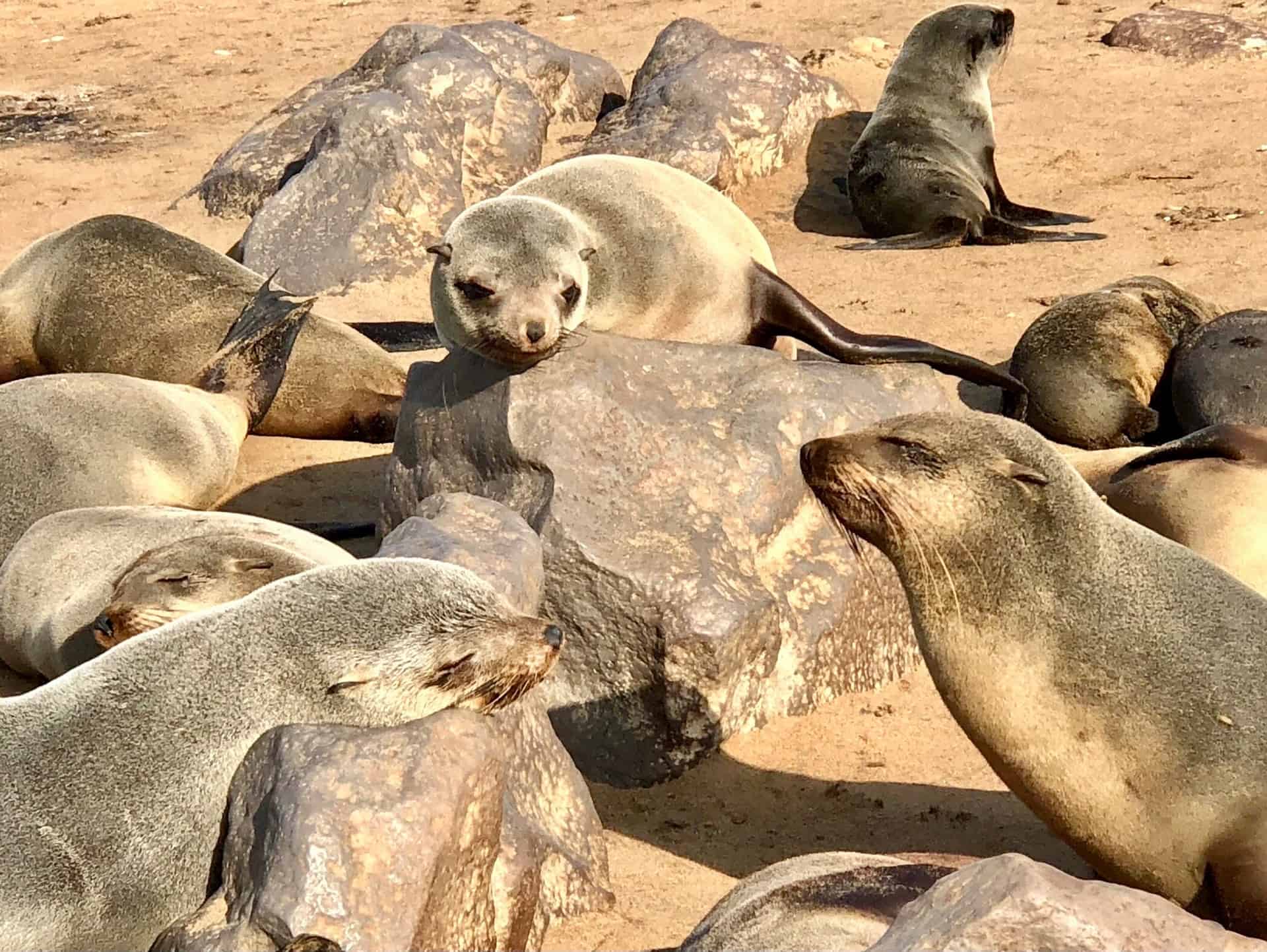
Bring a hankie or something to cover your nose because seal poop is rather smelly. But the sight, sound, and smell of more than 200,000 seals basking on the beach and frolicking in the surf is just unbelievable.
Cape Cross Seal Reserve is the best-known breeding colony of Cape fur seals along the Namib coast. The waters here have a high concentration of fish, and the large, fat seals have taken full advantage of this.
Keep to the wooden boardwalk, but don’t get too close to take a photo. These are wild animals, and some don’t take too kindly to having a camera in their face.
Skeleton Coast
The hostile Skeleton Coast is a 40 kilometres wide and 500 kilometres long coastal stretch in Namibia.
The name Skeleton Coast is believed to come from the vast numbers of stranded whales, whose skeletons could be seen all over the place.
Also, many ships have found themselves stranded on the Skeleton Coast thanks to thick fog, stormy winds, the rough Atlantic Ocean, and its unpredictable currents. The poor sailors who made it to land did not stand much chance of survival on this inhospitable coast.
Desert Elephants (Palmwag Lodge / Campsite)
The Palmwag Lodge and Campsite is lovely. Apparently, it’s not uncommon to see desert elephants here, so don’t be surprised if an elephant strolls through the camp.
But alas, we weren’t lucky with wildlife sightings here – nevertheless, it’s a lovely campsite with a nice bar and pool.
And the view of the countryside from the bar is just stunning.
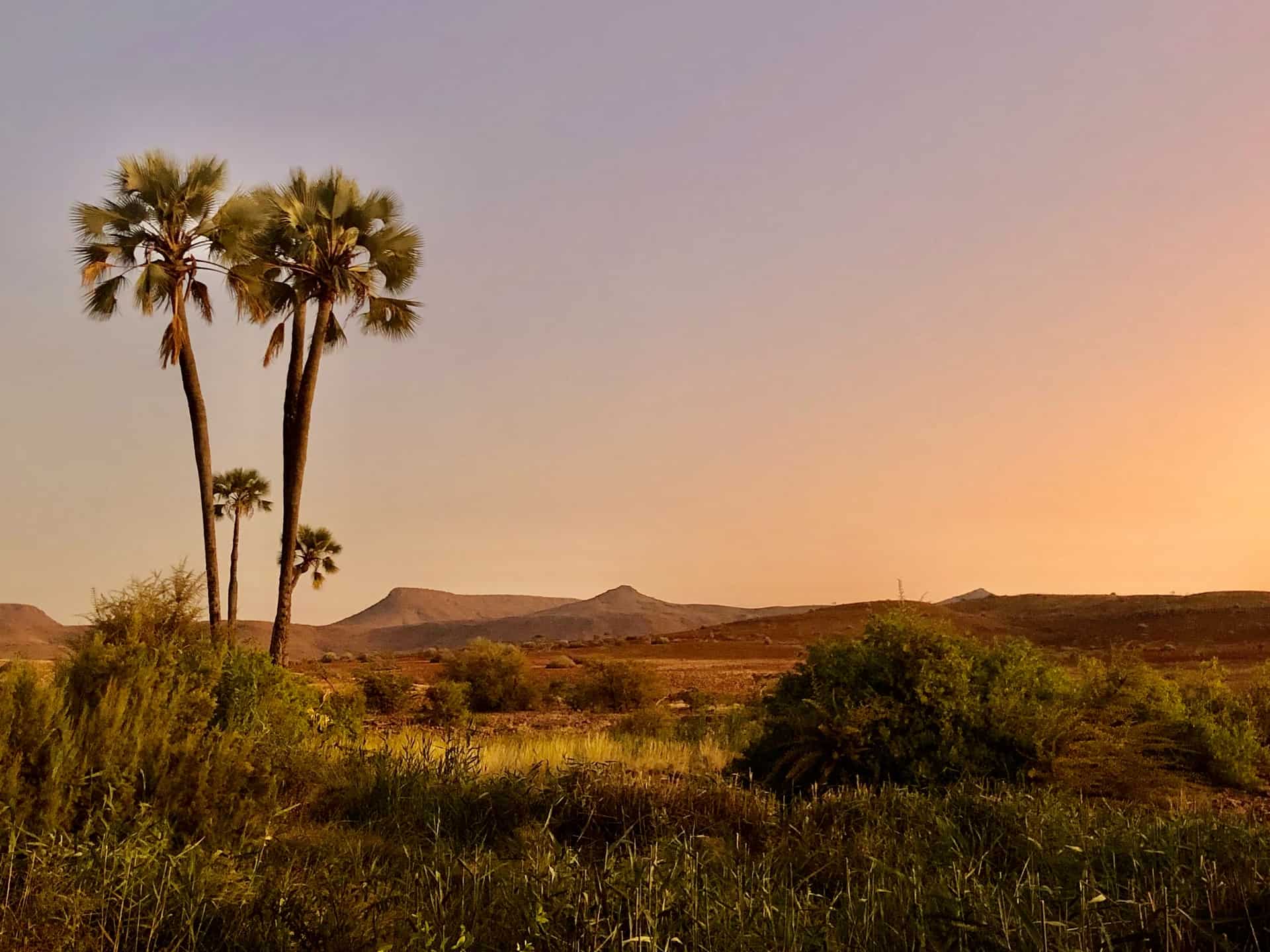
Twyfelfontein Rock Art Carvings
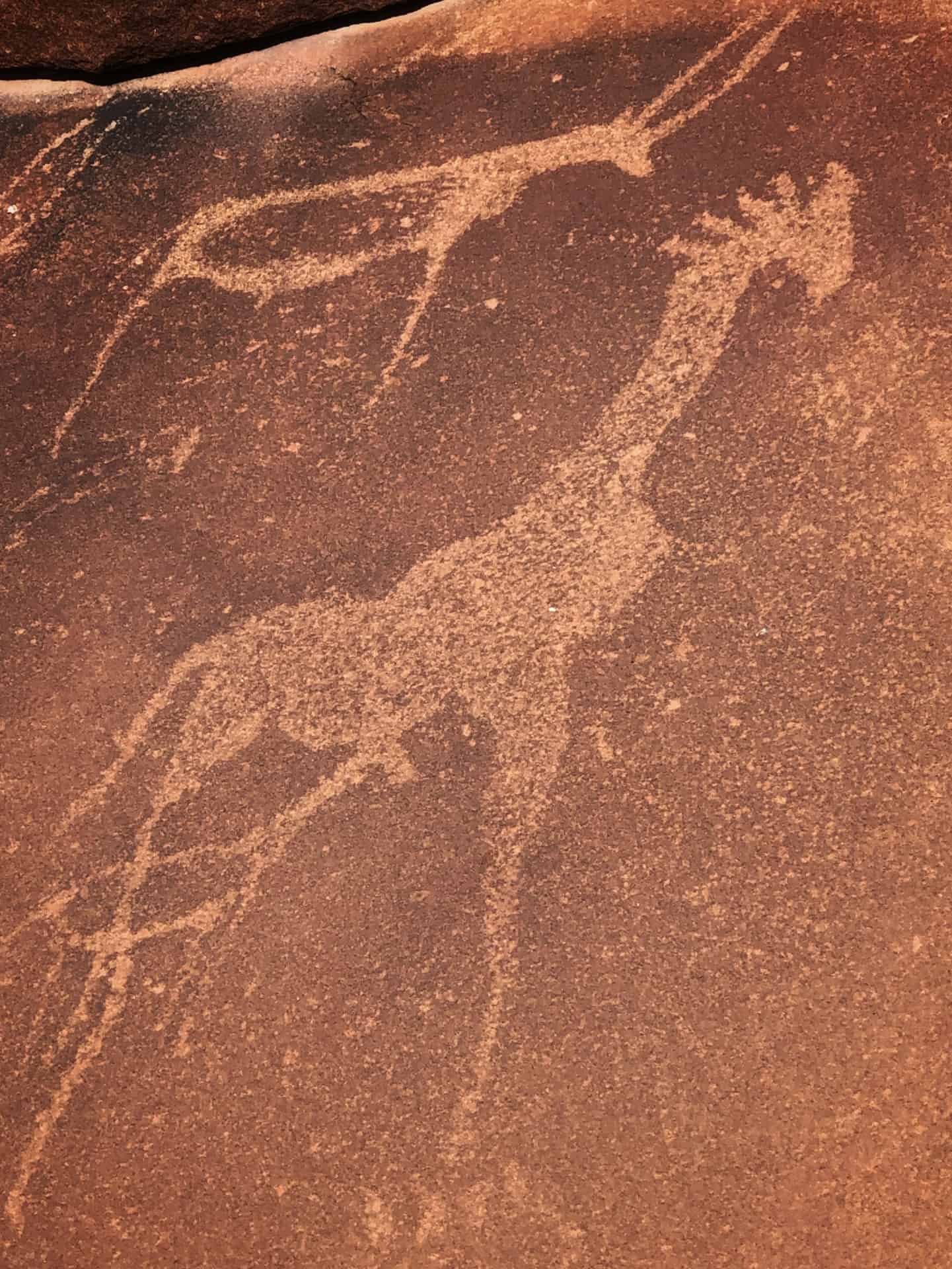
With over 2000 rock engravings and a few rock paintings, Twyfelfontein has the most significant single concentration of rock carvings in Southern Africa.
From the visitor centre, a guide takes you on a 45-minute to one-hour walk to point out the highlights, give some history and explain how the rock engravings developed and evolved over time.
Damara Cultural Village / The Living Museum of the Damara
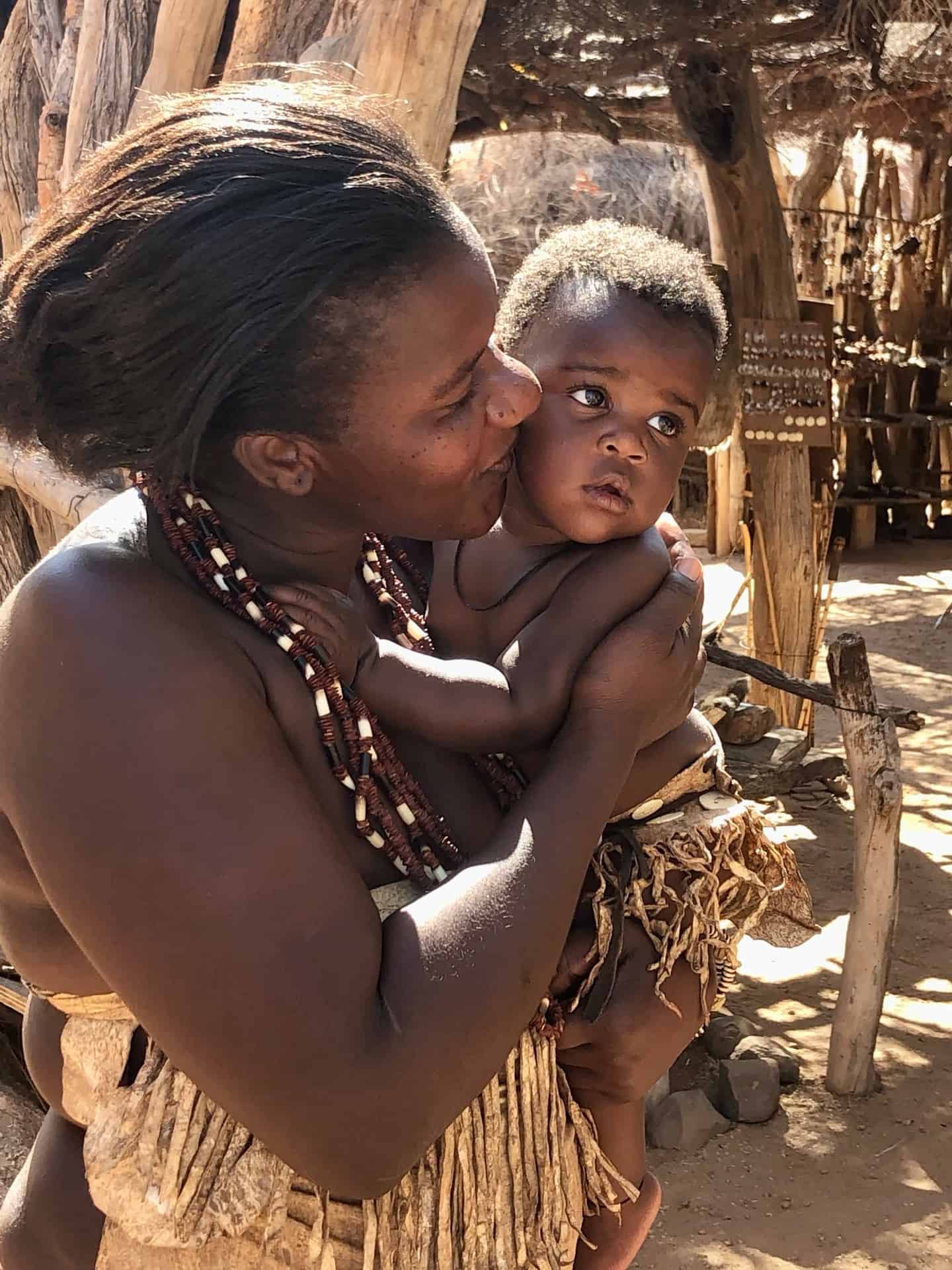
Usually, I shy away from activities like this, as I feel it’s like a human zoo. But this wasn’t the case at all here. The Damara people we met were lovely and eager to share their culture and click language.
The Living Museum of the Damara is close to Twyfelfontein and is Namibia’s first traditional Damara project.
As you wander around the living museum, the Damara people show different aspects of how they used to live – from making fires, local medicines, the hunter-gatherer culture and, of course, a tribal song and dance.
Petrified Forest Khorixas
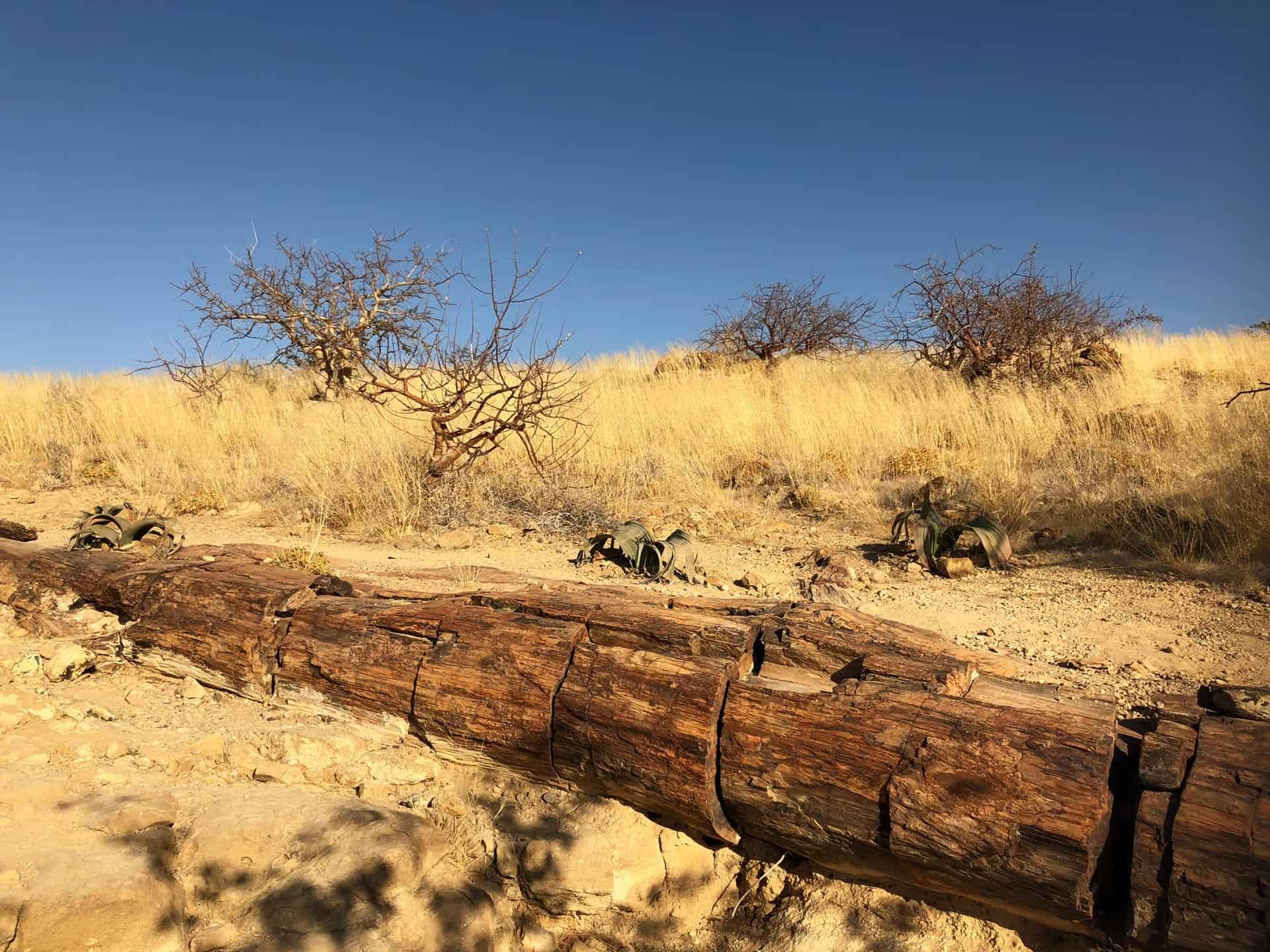
When I first heard we were going to a Petrified Forest, I was expecting to see spooky-looking trees, like you would see in a fairytale. So, I was a little disappointed at first. But the local guide was so enthusiastic and knowledgeable; it was actually a fascinating tour.
Calling it a forest, though, is a bit misleading. What you see are enormous fossilized tree trunks that are around 280 million years old.
Scientists discovered that these trunks were swept downstream by a large flood during the Ice Age, carrying them to where they lie today.
This flood also brought a lot of sand and mud covering the trees, preventing air intrusion; consequently, no decay occurred. Over millions of years, the wood turned to quartz and now, thanks to erosion, some of these petrified trunks are visible.
Game Drives In Etosha National Park
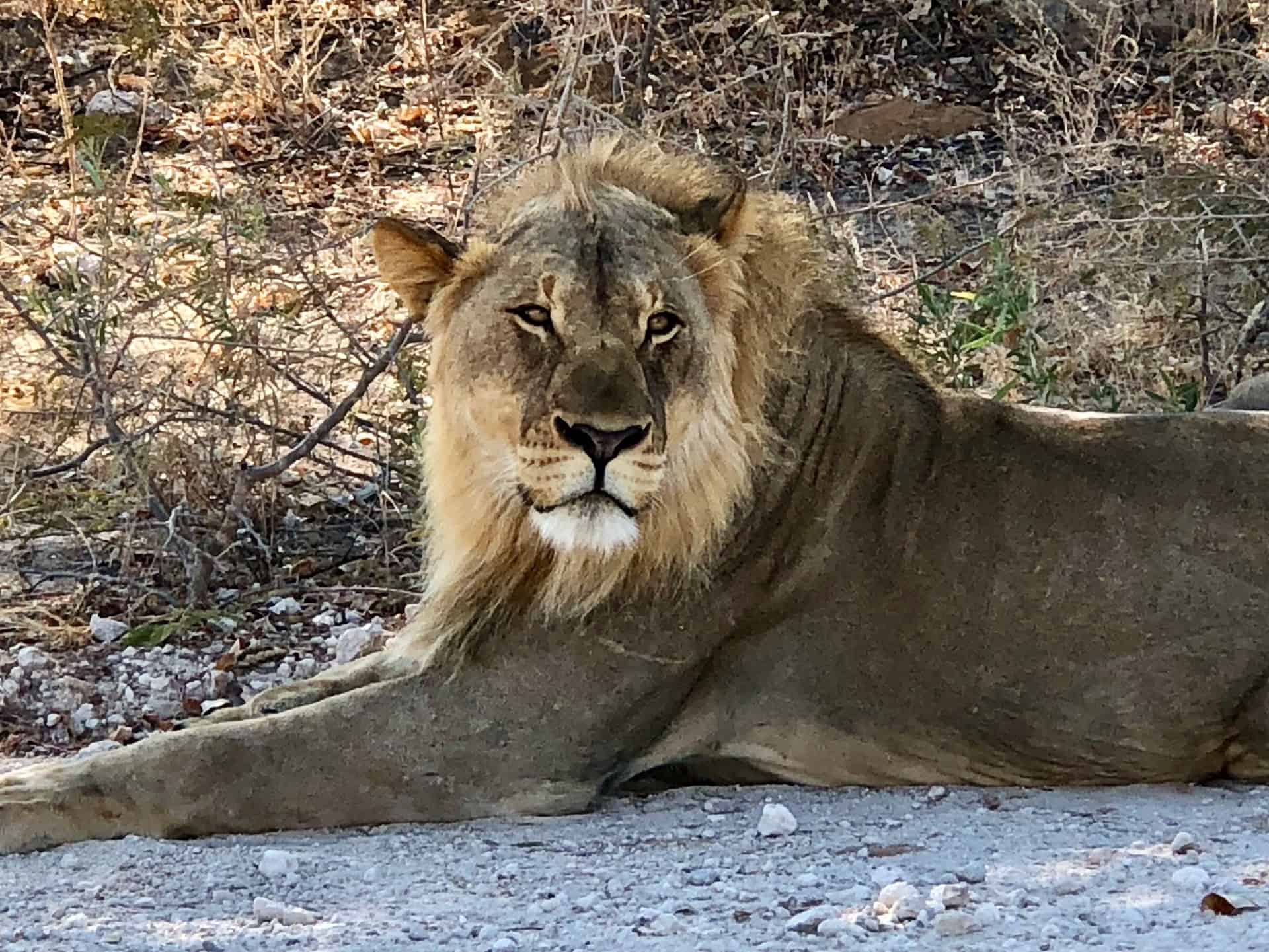
Out of the many Namibia highlights, a trip to Etosha National Park is right there at number one.
Etosha National Park spans an area of 22,270 square kilometres (8,600 square miles ) and is named after the Etosha Pan, which covers 23% of the total area of the national park.
The National Park is home to four of the Big 5, and we were fortunate in our time there to see the elephants, lions, rhinos and even the elusive leopard.
Did you know Etosha is home to almost half of the world’s population of black rhinos? Sadly, just before we arrived in Etosha, 11 black rhinos had been killed by poachers.
Other large mammals in Etosha National Park include cheetah, giraffe, hyena, mountain and plains zebra, springbok, kudu, gemsbok, eland and wildebeest.
There are also plenty of smaller mammals, such as the jackal and mongoose, which you’ll probably see running around the campsites.
Birdwatchers won’t be disappointed by the many birds that frequent Etosha National Park, either.
For the wildlife nerds, such as myself, why not pick up a book from the campsite shop and tick off the animals as you see them? Perfect for children and people like me.
And visiting the park during the winter increases your chances of seeing wildlife, and much of the best game viewing will be found around the waterholes.
Waterhole At Okaukujevo Campsite
Okaukuejo Campsite is famous for its floodlit waterhole.
The waterhole is a hub of animal activity throughout the day, especially during sunrise and sunset.
When the sun sets, floodlights illuminate the waterhole. This is the best time and place to see the endangered black rhino – we saw three and a family of elephants on our last night in Namibia. It was a beautiful finale to a fabulous trip – another amazing highlight of Namibia.
Dinner Around The Camp Fire
What can I say? Altis our guide/ driver and chef cooked some incredible meals on this trip, and unlike many of the larger tour groups we saw, it wasn’t just pasta dishes. Favourite dishes included Creamy Chicken Stew, Cottage Pie, Grilled Snoek (a type of fish) with sweet potato, and lamb knuckle and veggies, all cooked in a giant black pot over the fire.
As I was on a full participation camping trip, everyone got involved with the preparation. Being a bit useless in the culinary skills department, my jobs consisted mainly of topping up the wine and washing the dishes.
Waking Up To The Roar Of Lions
Waking up to the roar of lions is something you’ll never forget. This happened at Okaukujevo Campsite in Etosha National Park on our last night in Namibia. They sounded so close; I felt sure they were sleeping just outside my tent.
Windhoek, the Capital of Namibia
Many visitors to Namibia pass through the capital city of Windhoek without stopping even for a brief visit. But as a former German colony, Windhoek, unsurprisingly, is dotted with interesting reminders of its Germanic past.
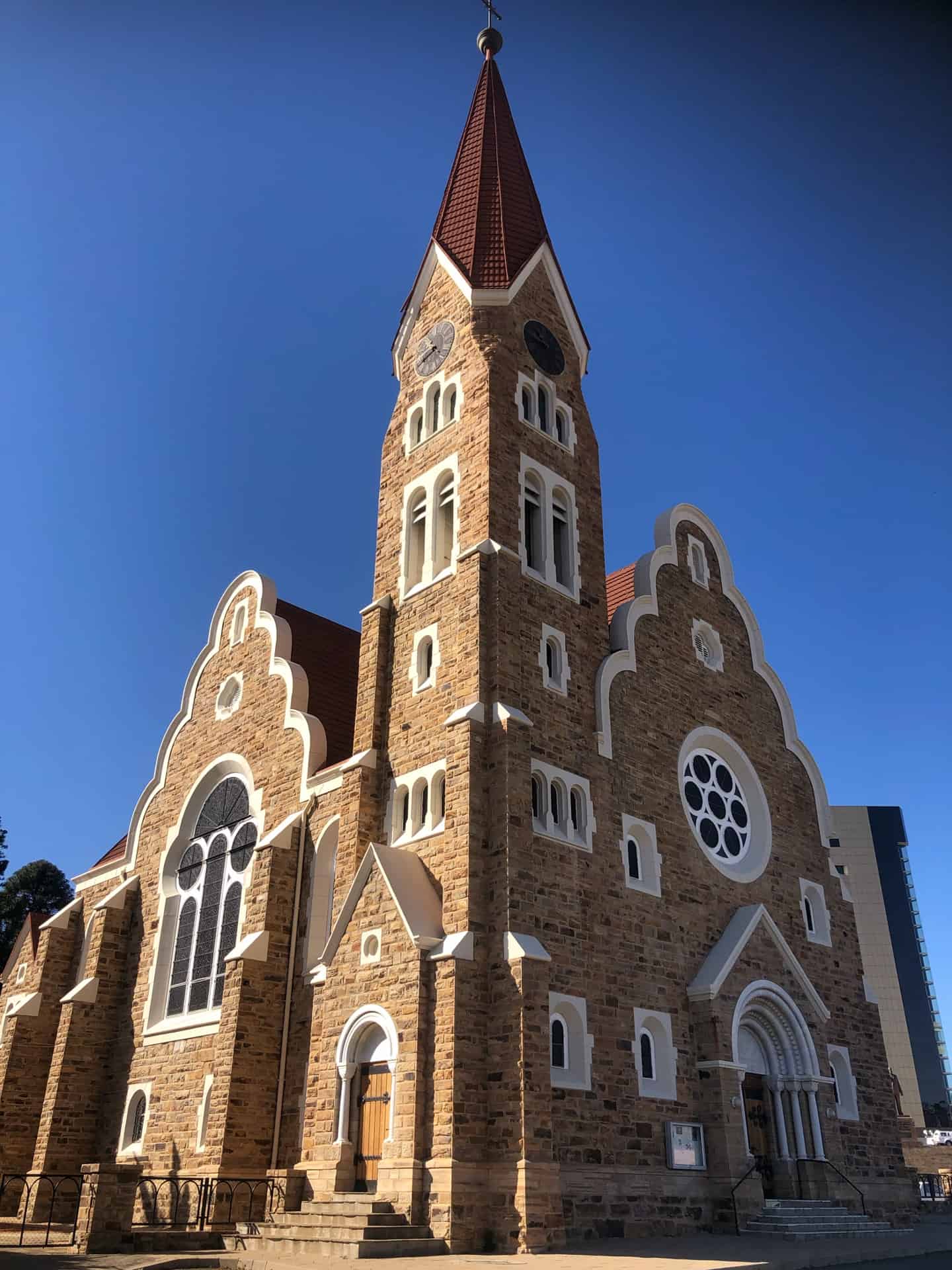
The most striking example is Christuskirche, the unofficial symbol of Windhoek. This Neo-Baroque cathedral was built in 1907 at the height of German colony control.
Just a few minutes walk from the church is the Independence Memorial Museum. Here, you can learn about Namibia’s history of resistance to colonialism and its long struggle for racial equality.
The museum is open every day and is free to enter. There’s a coffee shop on the top floor with views over the city.
For something more substantial to eat, head over to Joe’s Beerhouse.
African Sunsets
Sunsets are beautiful wherever you are, but there’s nothing quite like an African sunset.
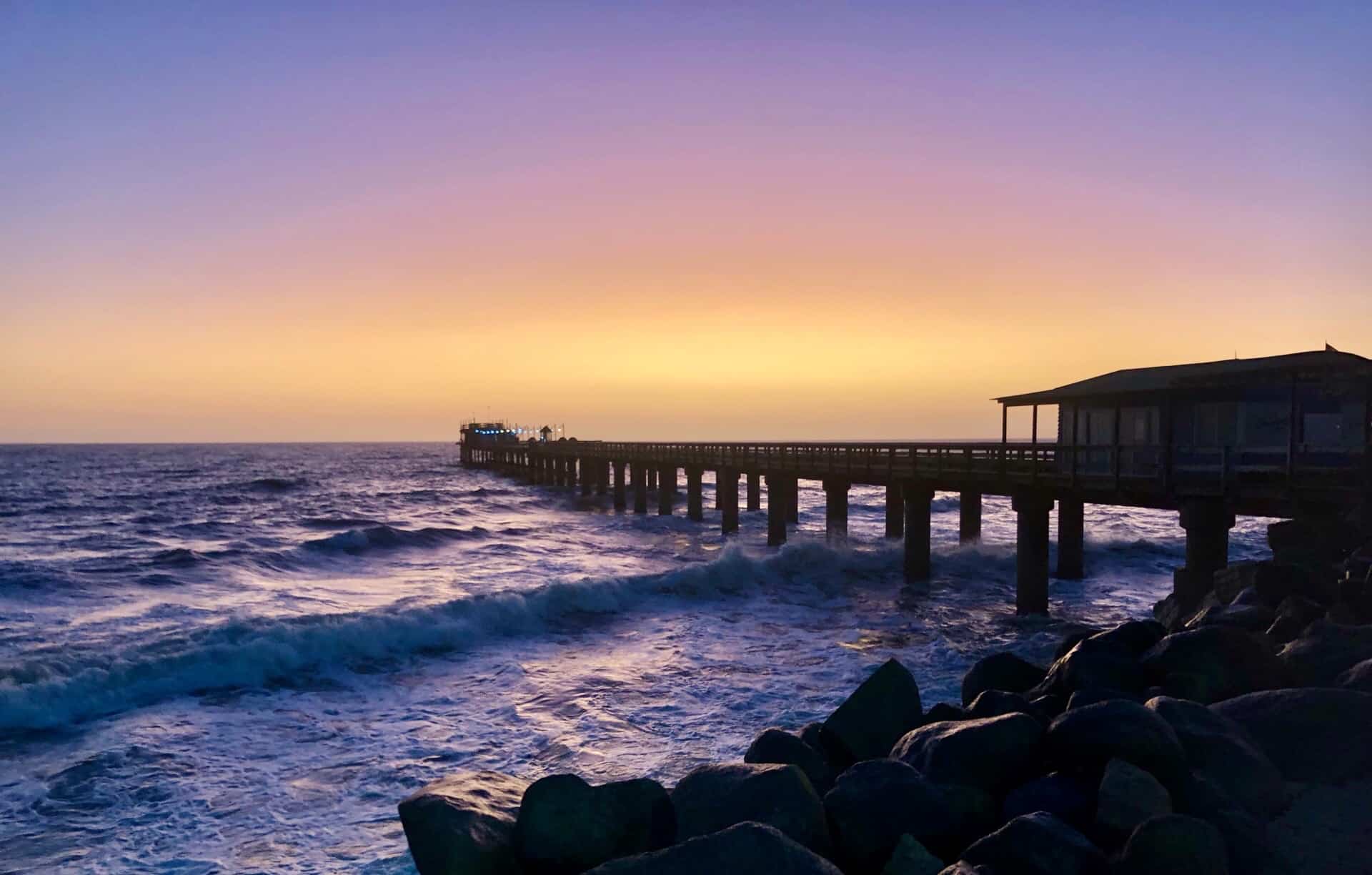
How To See All These Highlights Of Namibia
Although many people self-drive when they visit Namibia, I didn’t feel comfortable with the idea of doing this.
I was travelling solo to Namibia and didn’t fancy tackling the long drives by myself, having to deal with punctures on the road, and even after 16 nights, I still struggled to assemble my tent. Nor did I want to miss out on any of the major highlights of Namibia.
But I didn’t want to join one of those large small group adventures with up to twenty people.
On this trip, it was just me, Altis from Africa’s Best Adventures and two lovely ladies from South Africa. It was the perfect option for me.
Suppose full participation camping is not your style. In that case, you could also opt for limited participation, which means not getting involved in cooking and food preparation, or book yourself on a fully catered lodge safari for more comfort.
But if you are interested in camping in Namibia, then do check out this post.
Whatever your travel style, I highly recommend getting in touch with Altis at Africa’s Best Adventures. Especially if you are considering visiting Namibia, Botswana, South Africa and Zimbabwe and don’t forget to tell him I sent you 😉
For More Posts On Africa, Check These Out
Kolmanskop, Ghost Town in Namibia
Best National Parks In Botswana
A Day Trip To Victoria Falls From Botswana
Visit Atlas Studios – The Hollywood of Morocco
One Day in Chefchaouen- Morocco’s Blue City
Amazing Pictures of the Temple of Kom Ombo, Egypt
Temple of Isis at Philae, Egypt
Over 50 Travel in Egypt With On the Go Tours
Planning on Visiting Madagascar?
Disclaimer: Some of the links on this website are “affiliate links”, meaning that if you click on the link and make a purchase, I will receive a small commission at no extra cost. This helps me to keep my website running and continue to share my travelling knowledge with you. I thank you for using the links on my website.
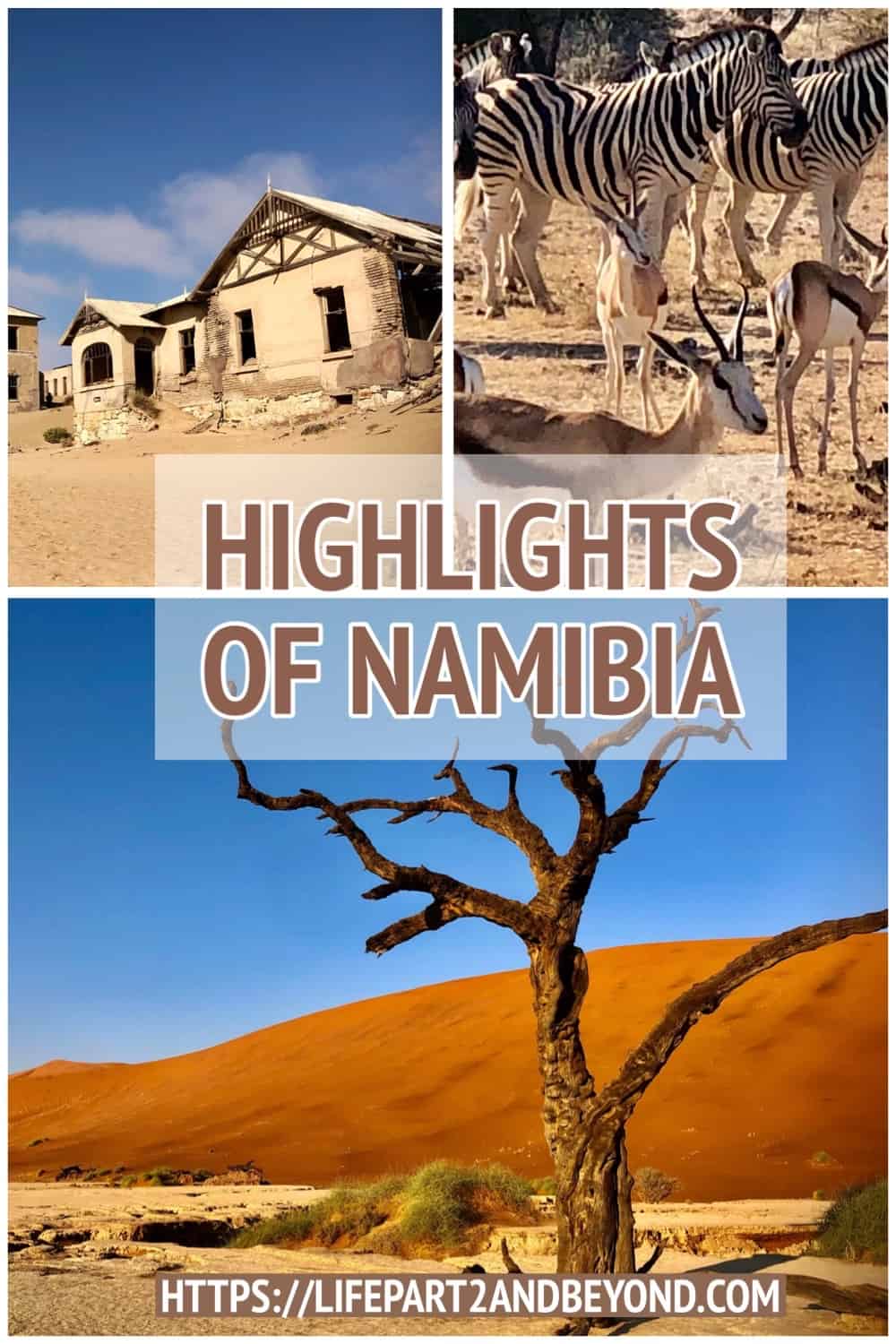

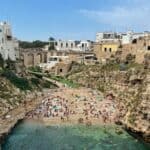
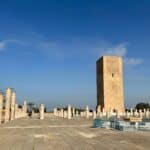


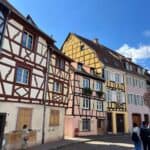
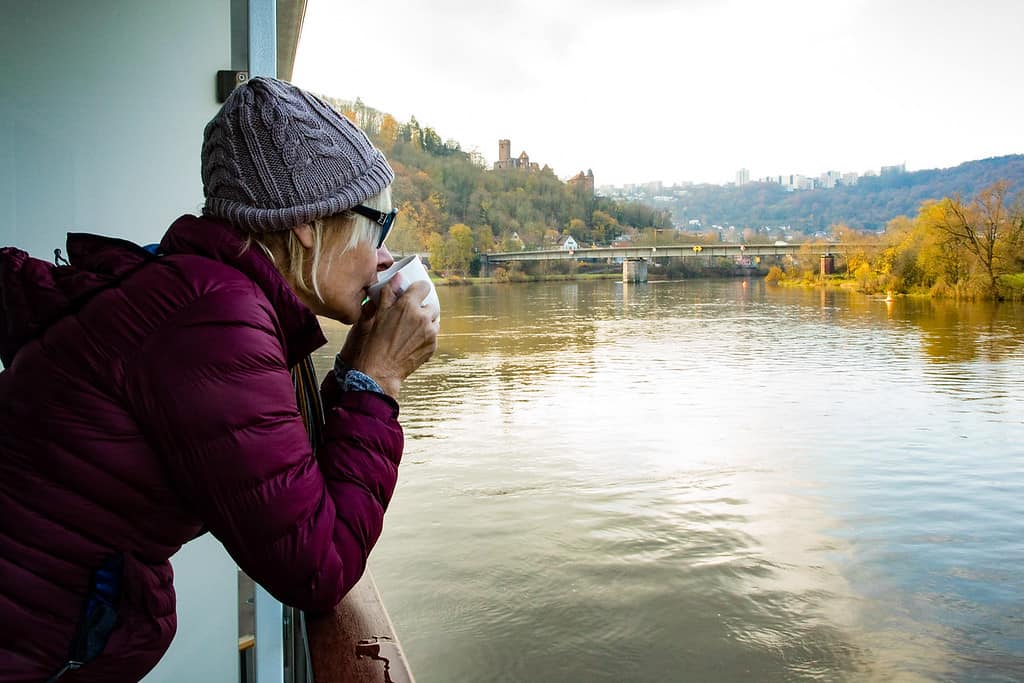
This looks totally surreal! How have I never heard of Fish River canyon? I had no idea it was the 2nd largest!
If it makes you feel any better, I had never heard of it before, either!
How awful that those rhinos were Killed! So senseless…
I am just starting to plan a trip to Namibia so appreciate this post!
Poaching just breaks my heart – so sad and unnecessary.
I found this post very interesting and useful. Love all that Namibia offers. Certainly, the Etosha National Park safari sounds fabulous. I would also love to see the rock art. The sand dunes are also enticing. I went on Sand dunes in Egypt and, agree, that they are very hard to walk on.
I’ve wanted to visit Namibia for quite a while now, and I knew it had a lot to offer, but I had no idea that there was THIS much to do there! I’d never heard of Fish River Canyon nor did I even know that there were any canyons here – so cool. Thanks so much for sharing; I can’t wait to visit! 😊 Xx Sara
Wow, Namibia looks amazing and it sounds like you had a fantastic time! Thank you for sharing – definitely adding to my list!
My son tutored students in Namibia one summer and he fell in love with the country. I love your photos that capture the spirit and all the cool things to do there.
Like you said, where to start?
Namibia would be one of my top 3 countries I would love to visit in Africa because of its uniqueness, and this article confirmed once again how much beauty there is to see!
People, wildlife, architecture, and natural beauty! I can’t wait to visit!
Very inspiring guide!